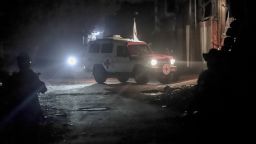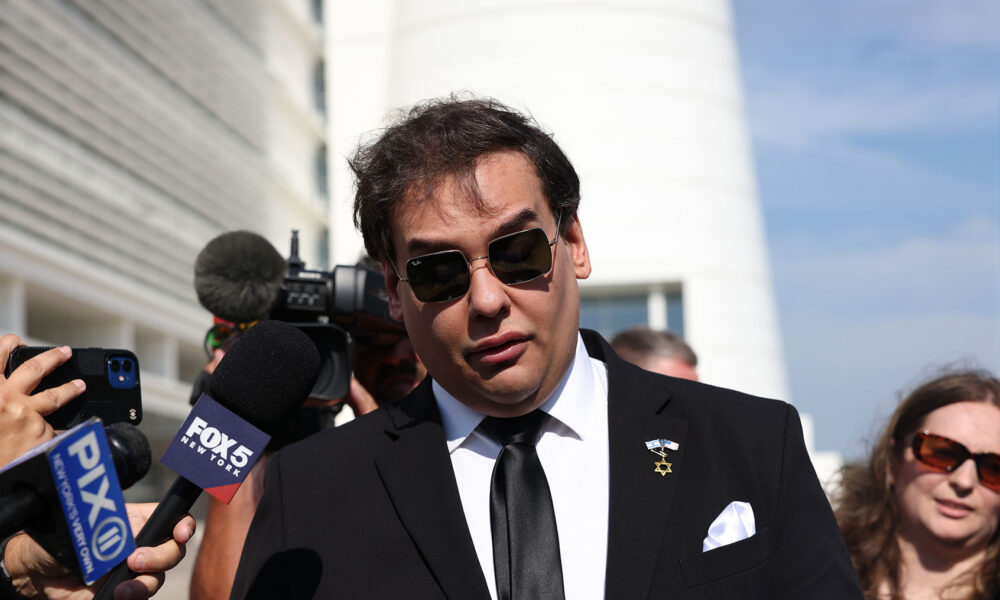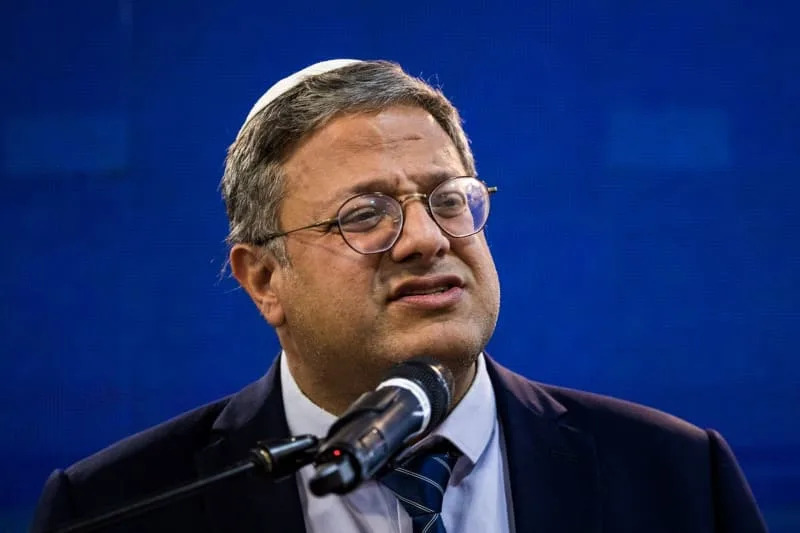Palestinian forensic experts are currently engaged in a critical effort to identify 120 bodies returned to Gaza by Israel, which were handed over without any accompanying information regarding their identities. The bodies, marked only with numbers, include individuals who were reportedly blindfolded, bound at the hands and feet, and show signs of gunshot wounds. This transfer follows a ceasefire agreement reached with Hamas, under which Israel committed to transferring the remains of what it referred to as 360 “Gazan terrorists” into the enclave.
As of now, it remains unclear whether the deceased were killed in Israel’s custody, during the conflict in Gaza, or if they were involved in the attacks on October 7, 2023. CNN has made multiple attempts to obtain comments from various Israeli governmental bodies, including the Prime Minister’s Office and the Ministry of Health, but has yet to receive a response. Among the 120 bodies, only a few have been identified, with two individuals confirmed by family members to have participated in the October 7 assault that claimed the lives of 1,200 people and resulted in the kidnapping of 251 others.
The unidentified remains were delivered to the International Committee of the Red Cross (ICRC), which subsequently transported them to the Nasser Medical Complex in Khan Younis, Gaza. Forensic experts at the complex are examining the bodies, which an official from the Gaza Ministry of Health indicated were previously held at Sde Teiman, a military base in the Negev desert known for its use as a detention center. Reports of abuse of Palestinian detainees have emerged from this facility during the ongoing conflict.
Doctors at the forensic department of Nasser Hospital described the condition of the bodies, stating they exhibited “signs of abuse and torture.” According to their observations, each body had been assigned a number, with many showing signs of restraint, including zip ties and blindfolds, and displaying gunshot wounds. The health ministry official noted that some of the bodies appeared to have broken bones, suggesting they had been crushed by heavy vehicles.
Photographs obtained by CNN reveal graphic details of the remains, including visible injuries and signs of decomposition. Most of the bodies appear to belong to young men, many of whom were found in civilian clothing. One body was noted to still have an IV cannula in its arm, while others showed signs of having been exhumed.
Dr. Lawrence Owens, an independent forensic pathologist, reviewed images of one of the bodies and concluded that it likely was bound and blindfolded before death. He remarked on the presence of track marks on the body, which he believed could have been caused by a vehicle, although he noted that the damage was not what one would expect if the body had been significantly run over.
In an effort to facilitate identification, the Ministry of Health has launched a website featuring images of the remains, aiming to assist families in recognizing their loved ones. Some individuals have successfully identified remains through this initiative.
Among those searching for answers is Rasmiya Mohammed Khairi Qdeih, a resident of Khuza’a in southern Gaza. She shared her ordeal with CNN, revealing that six of her sons were killed during the conflict, while one remains imprisoned by Israel and another has been missing since October 7. She expressed her anguish, stating, “I heard news that they had brought the bodies of prisoners, so I ran to the hospital to see if he was among them.” She has searched through more than 30 bodies in hopes of finding her missing son.
The Palestinian Center for the Missing and Forcibly Disappeared Persons (PCMFD) has raised concerns regarding Israel’s lack of an official list of the deceased, calling it suspicious and indicative of potential enforced disappearances and the tampering of victim information. The organization emphasized the need for complete transparency, urging the provision of detailed information about the bodies and the circumstances of their deaths.
As the situation unfolds, the total number of Palestinian bodies held by Israel remains unknown. An Israeli official previously indicated that the bodies of key Hamas figures, including Yahya Sinwar, believed to be a principal architect of the October 7 attack, will not be returned to Gaza. The ongoing efforts of forensic experts and the emotional toll on families highlight the complex and painful realities surrounding the aftermath of the conflict.






